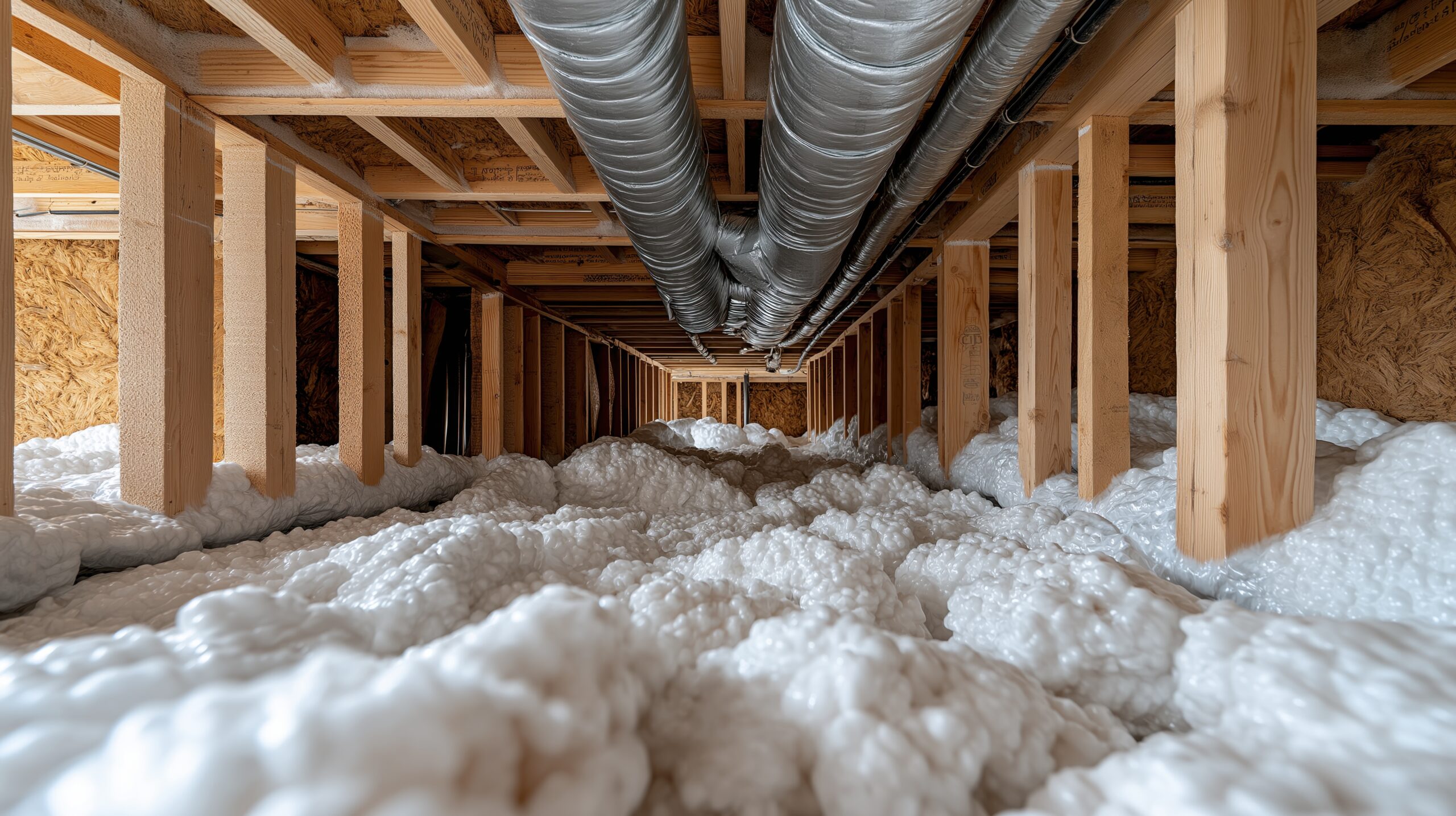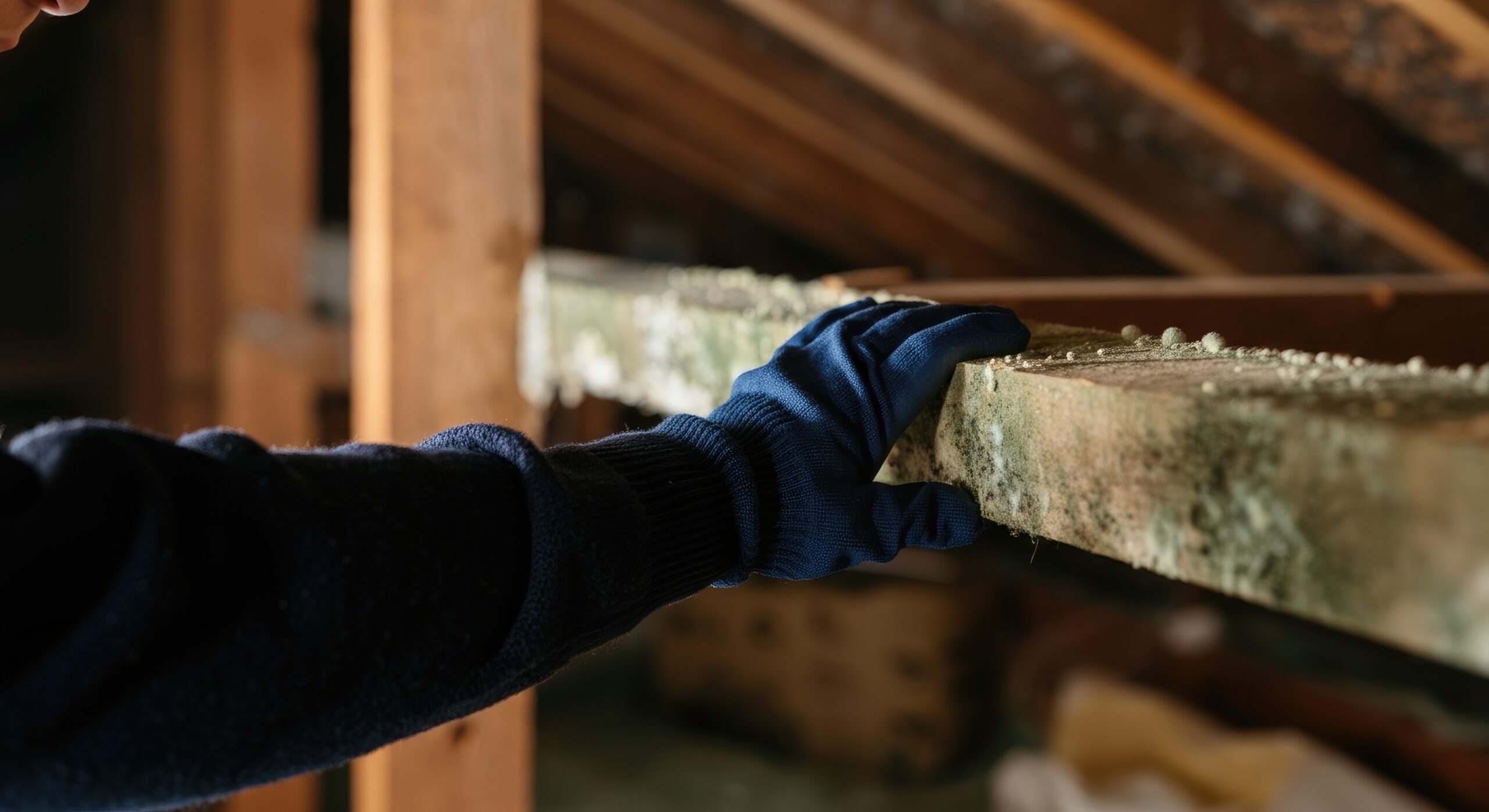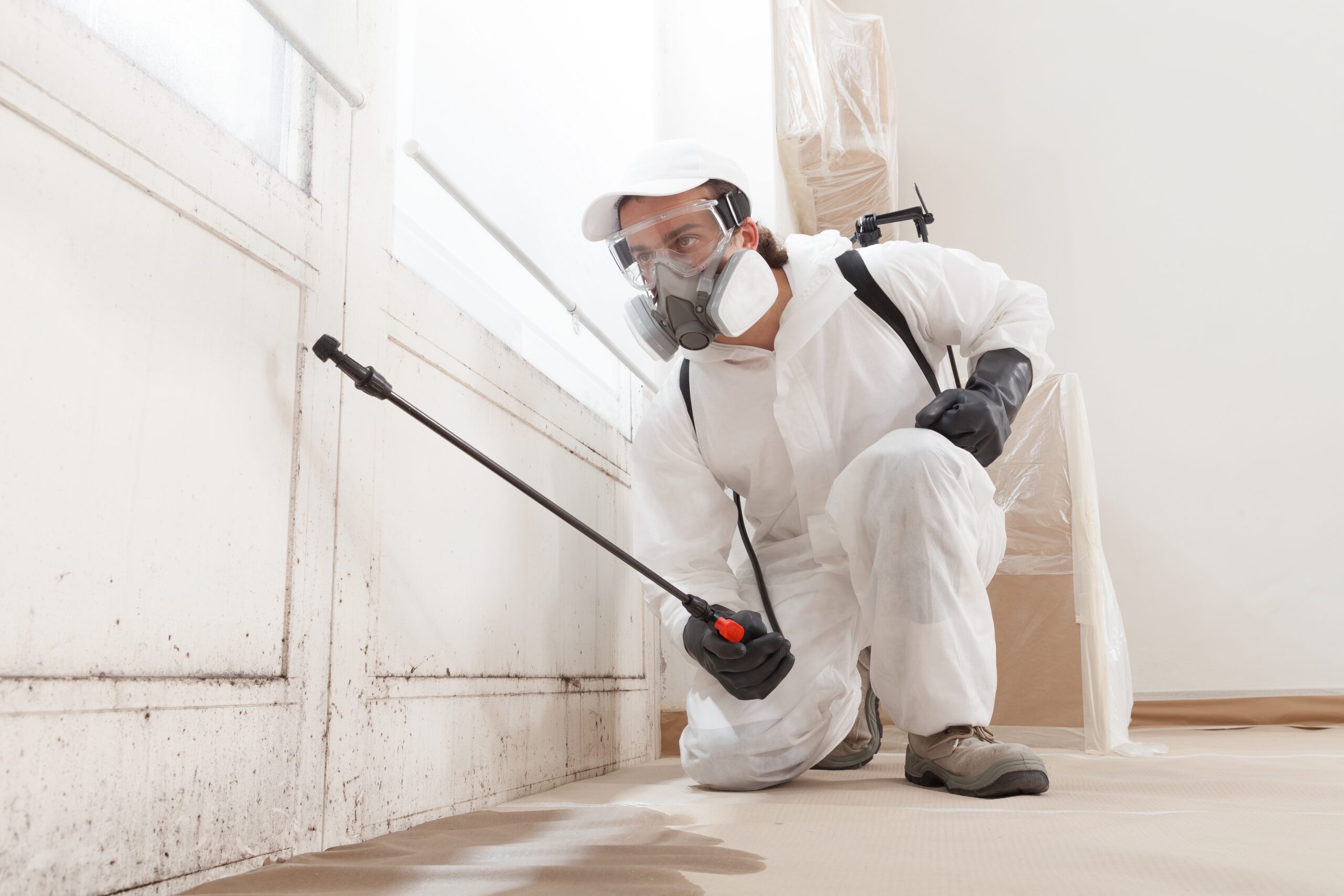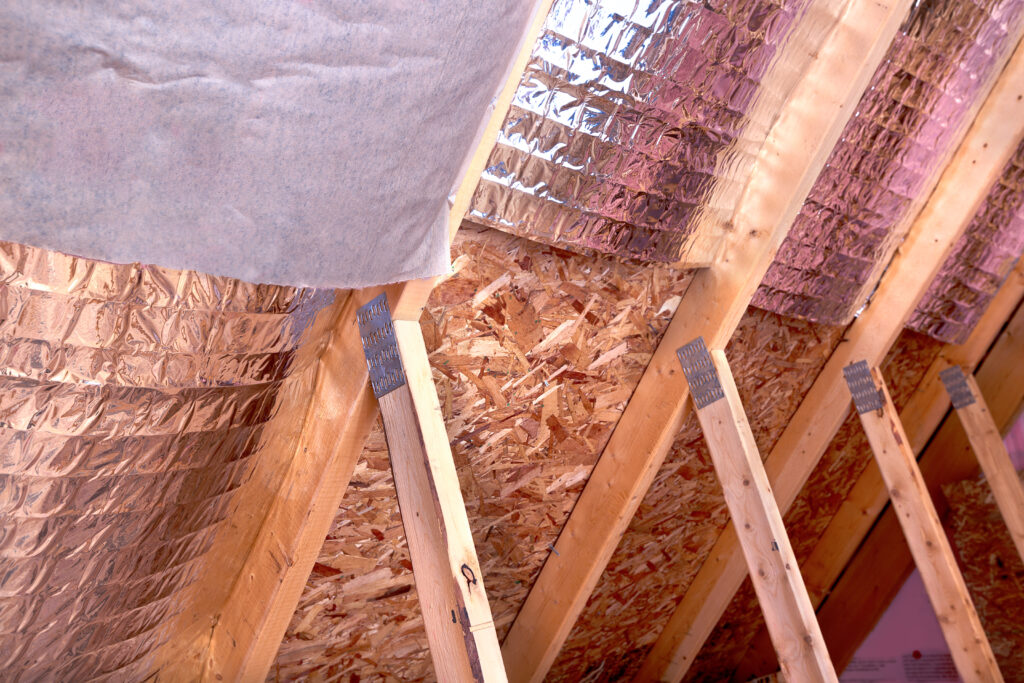
Radiant Barriers: A Solution in Search of a Problem
Radiant barriers are a type of construction material that have gained attention for their potential to greatly improve energy efficiency. These shiny panels or membranes are designed to slow down the transfer of radiant heat, with claimed benefits that range from reducing utility bills to enhancing indoor comfort.
Radiant Barriers: A Solution in Search of a Problem explores how effective and practical it is to use radiant barriers in modern building design. This topic is especially important today as there is an increasing emphasis on energy-efficient construction due to environmental concerns and regulatory requirements.
Understanding the true benefits and limitations of radiant barriers is crucial for anyone involved in building science, from architects to homeowners. This article aims to dissect these claims and provide a grounded perspective based on scientific evidence and real-world applications.
In addition to radiant barriers, other energy-efficient solutions such as crawl space encapsulation are gaining traction. This technique effectively seals off your crawl space from moisture, pests, and radon gas, thereby enhancing energy efficiency, air quality, and structural integrity.
Understanding Radiant Barriers
What Are Radiant Barriers?
Radiant barriers are a type of building material used mainly to reduce heat transfer by reflecting radiant energy. These barriers are usually installed in attics or within wall structures to make a building more energy efficient. Unlike regular insulation materials, radiant barriers don’t have an R-value; they work by reflecting heat instead of absorbing it.
How Do Radiant Barriers Work?
The effectiveness of radiant barriers depends on their use of reflective materials, usually aluminium foil, which have low emissivity (low-e) surfaces. Emissivity refers to the material’s ability to emit absorbed heat. A low-e surface has an emissivity rating of 0.1 or less, meaning it reflects 90% or more of the radiant heat that hits it. This property is crucial in stopping heat from being transferred into living spaces, especially in hot climates.
How Does Heat Transfer Work?
To understand how radiant barriers work, you need to know the three main ways heat can be transferred:
- Conduction: Heat moves through a solid material from one molecule to another.
- Convection: Heat moves through fluids (gases or liquids) because of molecular motion.
- Radiation: Energy moves through electromagnetic waves without needing a medium.
Radiant barriers specifically target radiative heat transfer. When installed correctly, they reflect radiant heat away from living spaces, reducing the cooling load on HVAC systems. For example, in an attic installation, a radiant barrier can significantly lower attic temperatures by reflecting radiant energy that would otherwise increase thermal loads inside the home.
By using low-e surfaces and reflective properties, radiant barriers play a crucial role in modern energy-efficient building designs. They work alongside traditional insulation methods to create a more comprehensive thermal envelope for buildings.
Evaluating Energy Savings from Radiant Barriers
R-value Limitations
The R-value is a standard metric used to evaluate the thermal resistance of insulation materials. However, it falls short when assessing radiant barriers due to their unique properties. Radiant barriers primarily function by reflecting radiant heat rather than resisting conductive heat flow, which makes traditional R-value measurements inadequate for capturing their true performance.
Claims of Energy Savings
Radiant barrier salespeople often make bold claims about significant energy savings, sometimes exceeding 40%. These assertions are frequently based on ideal conditions and may not reflect real-world scenarios. Key points to consider include:
- Reflectivity vs. Resistance: Radiant barriers reflect up to 95% of incoming radiation but do little to resist conductive or convective heat transfer.
- Climate Dependency: Their effectiveness varies greatly depending on climate. In hot climates with high solar gain, they can reduce cooling costs. However, in cooler climates, the benefits diminish significantly.
- Installation Quality: Proper installation is crucial. Without an air space, radiant barriers can become conductors of heat rather than reflectors.
- Comparative Savings: While some studies show modest reductions in energy consumption (typically around 5-10%), these savings often do not justify the high installation costs compared to other insulation methods.
By critically examining these factors, it becomes evident that while radiant barriers have potential benefits, they are far from the miracle solution some marketers portray them to be.
Common Misconceptions and Myths Surrounding Radiant Barriers
Radiant barriers often find themselves at the center of conflicting opinions, ranging from being hailed as miracle solutions to being dismissed as outright scams. These misconceptions can cloud judgment and lead to uninformed decisions.
Miracle Solutions or Overhyped?
- Exaggerated Claims: Some proponents tout radiant barriers as a cure-all for energy efficiency, promising drastic reductions in energy bills. While it’s true that they can reduce radiant heat transfer, their effectiveness is highly dependent on specific conditions such as climate and existing insulation levels.
- Misleading Comparisons: Marketers sometimes compare radiant barriers to advanced technologies like those used in space vehicles or NASA equipment, giving a false impression of universal applicability and performance.
Scams and Misleading Claims
- False Promises: Scammers frequently target vulnerable populations, including senior citizens, with promises of up to 40% reductions in utility bills. Such claims are usually unfounded and exploitative.
- Non-Existent Products: Beware of products like “radiant barrier paint” marketed with low emissivity values. No paint exists that meets the low emissivity threshold of 0.1 or below required for effective radiant heat reduction.
- Improper Installation: Without appropriate air gaps, radiant barriers can turn into conductors rather than insulators, negating their intended purpose.
Market Realities
“Radiant Barriers: A Solution in Search of a Problem” encapsulates the dilemma faced by many homeowners. They must navigate between genuine benefits and overblown marketing rhetoric.
Understanding these common misconceptions is crucial for making informed decisions about integrating radiant barriers into your building design.
Comparison with Other Insulation Methods
Radiant Barriers vs. Spray Foam Insulation
- Performance: Spray foam insulation acts as both a thermal and air barrier, providing superior performance in reducing heat transfer through convection and conduction. Radiant barriers primarily address radiant heat transfer.
- Cost-Effectiveness: Spray foam insulation typically costs around $1.50 to $3.00 per sq. ft., which is comparable to the cost of radiant barriers but offers more comprehensive insulation benefits.
- Installation: Spray foam requires professional installation due to its chemical composition and application process, whereas radiant barriers can be installed by homeowners or contractors using simpler methods.
Radiant Barriers vs. Fiberglass Insulation
- Performance: Fiberglass insulation mainly reduces heat transfer through conduction. It has a high R-value, which measures its resistance to conductive heat flow. Radiant barriers enhance the effectiveness of existing insulation like fiberglass by reflecting radiant heat.
- Cost-Effectiveness: Fiberglass insulation is relatively inexpensive, priced between $0.40 to $1.50 per sq. ft. Radiant barriers are generally more expensive but can complement fiberglass insulation to enhance overall energy efficiency.
- Installation: Fiberglass insulation is easier to install and can be done as a DIY project or by professionals. Radiant barriers require careful placement to ensure an air space for maximum effectiveness.
Insulating Paint
- Performance: Claims about insulating paint often highlight its ability to reflect radiant heat, like radiant barriers. However, insulating paint does not usually achieve the low emissivity values required for significant energy savings.
- Cost-Effectiveness: Insulating paint is often marketed at a lower price point than other forms of insulation but may not deliver comparable energy savings, making it less cost-effective in the long run.
- Installation: Easy to apply like regular paint but may require multiple coats for effectiveness. Unlike radiant barriers, it does not provide substantial benefits without adequate existing insulation.
Radiant barriers offer unique benefits by targeting radiant heat but should be considered as part of a broader insulation strategy involving materials like spray foam or fiberglass for optimal performance and cost-effectiveness.
Real-world Applications and Effectiveness Studies on Radiant Barriers
Case Studies Supporting the Use of Radiant Barriers
Research from institutions like the Florida Solar Energy Center (FSEC) provides valuable insights into the effectiveness of radiant barriers. FSEC conducted numerous studies in sunbelt states where cooling loads are significant. Their findings illustrate that radiant barriers can substantially reduce heat transfer within building envelopes, particularly in attics.
Specific Climate Applications
Radiant barriers work best in hot climates. For example:
- Florida: Homes with radiant barriers installed saw a significant drop in attic temperatures, which led to less need for air conditioning.
- Texas: Texas A&M University discovered that houses with radiant barriers became more energy-efficient, resulting in lower cooling bills during the hottest months.
- California: Under California’s Title 24 Building Energy Efficiency Standards, radiant barriers are recognized as effective insulating products for reducing cooling expenses.
Successful Implementations
Several regions have successfully integrated radiant barriers into their building practices:
- Austin, Texas: The city offers cash rebates for homeowners who install radiant barriers, promoting energy-efficient building designs.
- Hawaii: The state’s insulation code mandates the use of R-19 insulation combined with light-colored roofs and radiant barriers for optimal thermal regulation.
- South Carolina: On Hilton Head Island, radiant barriers installed at approximately $1.50 per square foot help homeowners manage high cooling loads efficiently.
Insights from Studies
Studies by various institutions present compelling evidence of the benefits of radiant barriers:
- Florida Solar Energy Center: Demonstrated that homes with radiant barrier installations could see up to a 10% reduction in cooling energy usage.
- Arizona State University: Found that attic temperatures were significantly lowered in homes with radiant barrier installations, enhancing overall comfort and reducing HVAC strain.
Radiant barriers reflect up to 95% of incoming radiation, transferring minimal thermal energy into interior spaces. This reflective capability makes them particularly useful for buildings situated in hot climates where solar heat gain is a primary concern.
Cost Analysis and Installation Considerations for Radiant Barriers
Understanding the financial implications of installing radiant barriers is crucial for homeowners. Here’s a detailed breakdown:
Installation Costs
- Radiant Barriers: Typically, the installation cost for radiant barriers is around $1.50 per square foot.
- Comparison with Other Insulation Types:
- Open cell foam: Generally priced similarly to radiant barriers, offering both thermal and air barrier properties.
- Fiberglass insulation: Often less expensive, though it may not provide the same level of performance in reducing radiant heat.
Long-term Financial Implications
- Energy Savings: While radiant barriers can contribute to energy savings, their effectiveness highly depends on the climate and existing insulation. For instance, in hot climates, they can significantly reduce cooling costs.
- Return on Investment (ROI): Homeowners should consider the ROI when deciding on insulation methods. Although radiant barriers might seem costly initially, their ability to lower energy bills could offset the upfront investment over time.
- Maintenance and Durability: Radiant barriers require minimal maintenance once installed. This can be an attractive feature compared to other types of insulation that may need periodic replacement or upkeep.
Key Considerations
- Effectiveness Relative to Climate: Radiant barriers are particularly effective in regions with high cooling demands. However, their benefits might be limited in colder climates where heat retention is a priority.
- Professional Installation vs. DIY: Hiring professionals ensures proper installation and maximizes the barrier’s effectiveness. While DIY installation is an option, any errors could diminish potential energy savings.
Balancing cost against long-term benefits is essential when evaluating radiant barriers as a viable solution for energy efficiency. For those looking to further enhance their home’s energy efficiency, considering additional measures such as solar attic fan installation could provide significant benefits. These fans not only help in reducing HVAC costs but also come with tax credit eligibility, making them an attractive addition alongside radiant barrier installations.
Conclusion: Making Informed Decisions About Radiant Barriers in Building Design
When considering radiant barriers for your home, making decisions based on scientific evidence is crucial. Relying solely on marketing claims can lead to misconceptions and potential financial pitfalls. Homeowners should:
- Consult peer-reviewed studies: Look for research from reputable institutions like the Florida Solar Energy Center or Texas A&M University.
- Understand the limitations: Recognize that radiant barriers are not a one-size-fits-all solution and perform best in specific conditions.
- Evaluate alternatives: Compare with other insulation methods to determine cost-effectiveness and overall performance.
This approach ensures that energy-efficient design decisions are both informed and practical, optimizing benefits while minimizing costs.
Call to Action: Hire Professional Services for Quality Assurance Inspections and Lifetime Warranties on Insulation Solutions
Radiant Barriers: A Solution in Search of a Problem often requires expert evaluation to determine the best course of action.
Consult with professionals like Triangle Radiant Barrier for personalized advice on insulation solutions, including Radiant Barrier, Spray Foam, and Fiberglass.
Services offered include:
- Quality assurance inspections
- Lifetime warranties on insulation solutions
Hiring professional services ensures that you receive accurate information and optimal results for your energy efficiency needs. You can even book your free inspection today to assess your specific requirements.
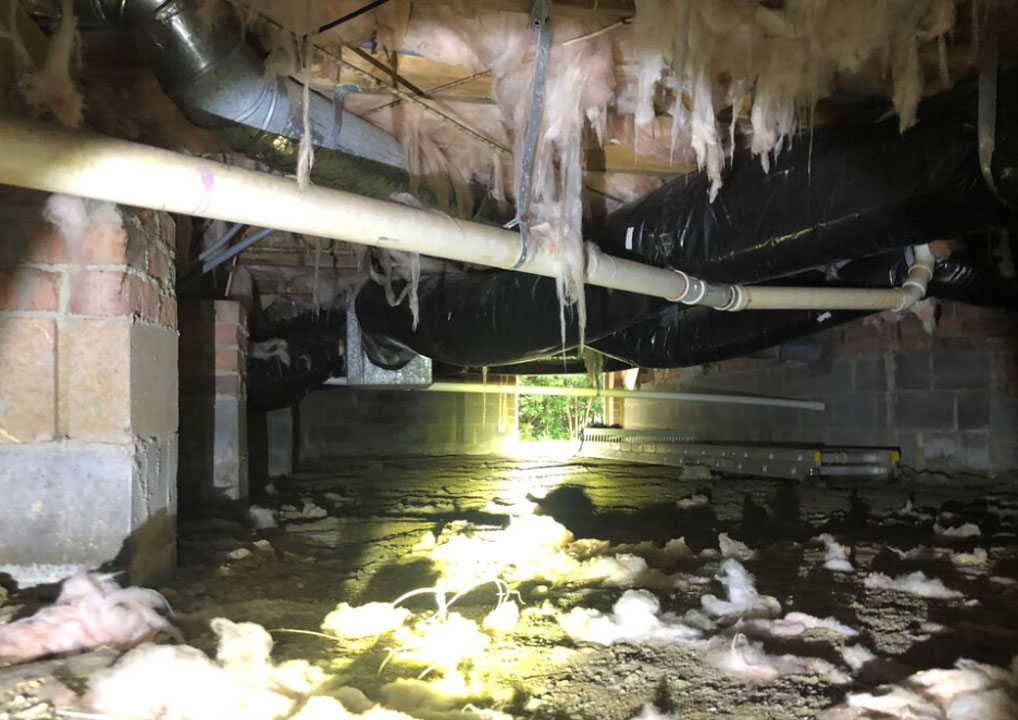
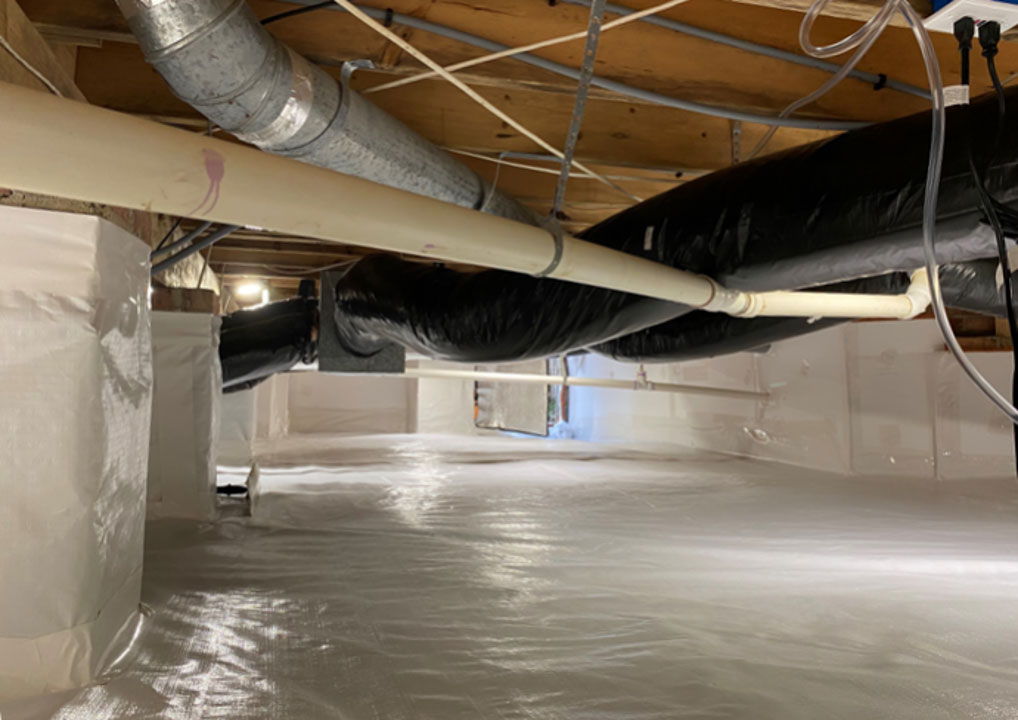
FAQs (Frequently Asked Questions):
What are radiant barriers and how do they contribute to energy efficiency?
Radiant barriers are reflective materials used in construction that aim to reduce heat transfer, particularly in hot climates. They work by reflecting radiant heat away from living spaces, which can lead to energy savings on cooling costs. Their relevance in modern building science lies in their potential to enhance energy-efficient design.
How do radiant barriers differ from traditional insulation methods?
Unlike traditional insulation methods that primarily resist heat flow through conduction and convection, radiant barriers reflect radiant heat. This makes them more effective in certain climates, especially where cooling is a priority. However, they should be viewed as a complement to other insulation types rather than a standalone solution.
What are the limitations of R-value when evaluating radiant barriers?
R-value measures the resistance of insulation to conductive heat flow but does not account for the reflective properties of radiant barriers. This limitation means that while R-value is useful for traditional insulations, it may not accurately represent the performance and benefits of radiant barriers in reducing energy costs.
Are there common misconceptions about radiant barriers?
Yes, many misconceptions exist regarding radiant barriers, including the belief that they are miracle solutions or scams. It's important for consumers to critically evaluate claims made by salespeople and rely on scientific evidence rather than marketing hype.
What factors should homeowners consider regarding the cost and installation of radiant barriers?
Homeowners should consider the installation costs of radiant barriers, which typically average around $1.50 per square foot. Additionally, it's essential to evaluate long-term financial implications such as potential energy savings and overall effectiveness compared to other insulation methods.
Why is it important to consult professionals when considering radiant barrier installation?
Consulting professionals ensures that homeowners receive personalized advice tailored to their specific needs. Professionals can also provide quality assurance inspections and offer lifetime warranties on insulation solutions, helping homeowners make informed decisions based on scientific evidence.



